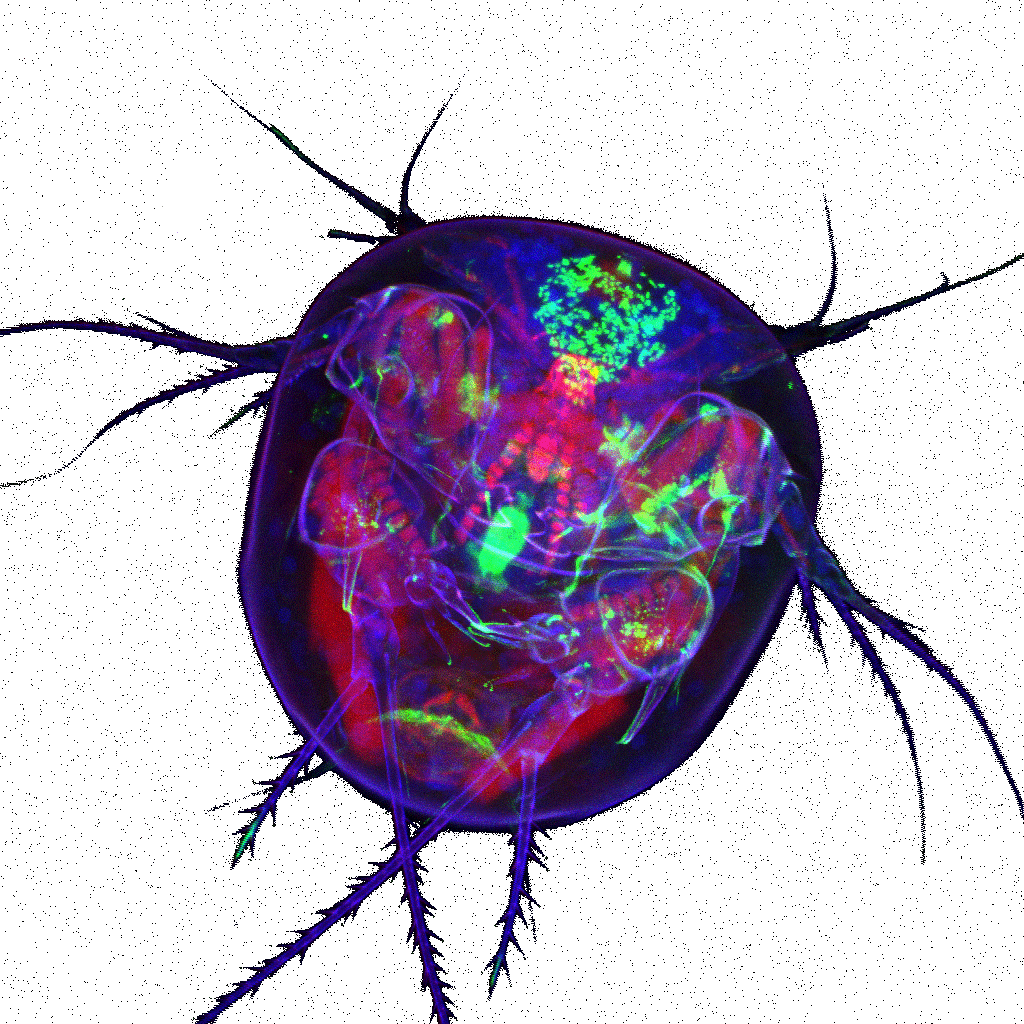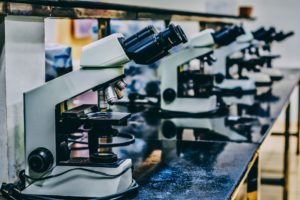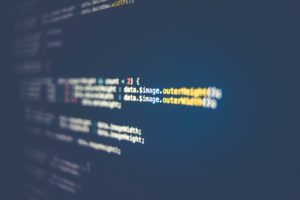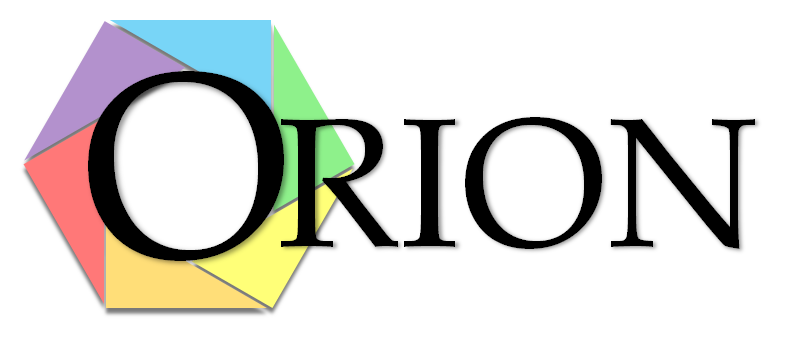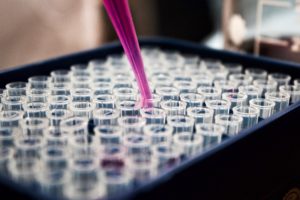7 imaging facilities and 17 R&D teams
The Paris-Centre node gathers biological imaging resources in the center of Paris, associating 7 imaging facilities and 17 R&D teams. The node Paris-Centre has the objective to make new developments and implementations of state of the art imaging systems, chemical probes and image processing for single molecules localization, dynamics and interactions in live cells, tissues and organisms and to perform cell functional analysis by using opto-manipulation. Paris Centre node was deeply involved in the “proof of concept” study led by the EurobioImaging ESFRI project.
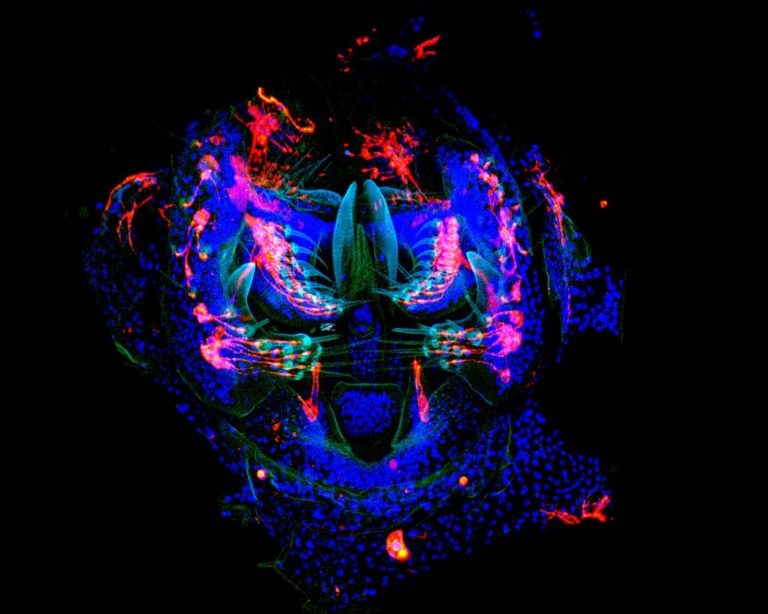
Technological Innovations
- Computational tools & approaches (PNAS 2014, Nat Meth 2012, 2015)
- 3D multi-focus multicolor PALM (PNAS, PCCP 2014)
- Multimodal microscopy (Super-CLEM; FLCS; STED-Holographic photoactivation) (Nature 2015, Meth Biol, 2014)
- Holographic photoactivation (Neuron, 2014)
- Ultrafast & deep 2P-microscopy (Opt Exp, 2015)
- Photoswitchable probe (PNAS, 2016)
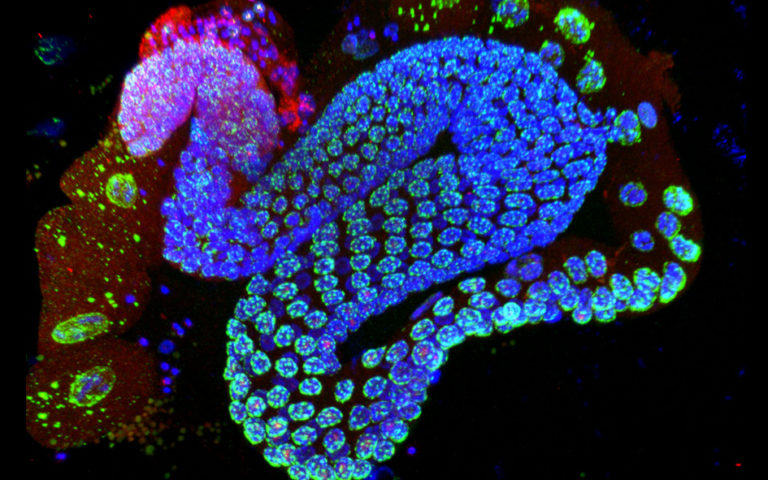
Most innovative systems available for booking
- 3D-MFM multicolor PALM
- 3D Multi-Angles TIRFM Multicolor
- 3D PALM/STORM
- Patterned microendoscope
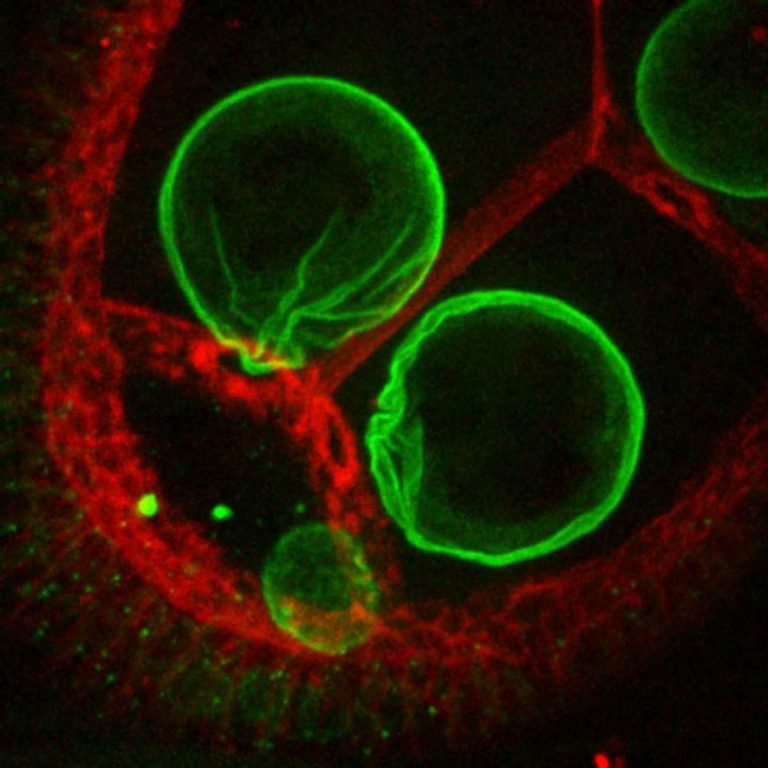
Tech transfer
- Live SR Microscope (Roper Scientific)
- Digital holographic temporal focusing (3i)
Imagoseine – Institut Jacques Monod
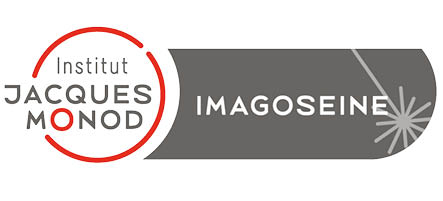
Facility: Imagoseine – Institut Jacques Monod
Coordinator: René-Marc MEGE & Jean-Marc VERBAVATZ
ImagoSeine imaging facility gathers advanced light microscopy, cytometry and electronic microscopy activities, installed on 450 m² at IJM. Rooms for cells and tissues manipulations are provided to external users. ImagoSeine has been assessed and found to meet the requirements of ISO 9001 by AFNOR Certification. ImagoSeine brings together technologies and expertise in these fields, thanks to the 7 permanent and 2 contractual engineers. The originality of ImagoSeine-IJM is the close collaboration between the imaging facility which have a long experience of making available standard approaches but also new developments to the biological community and a research team involved in the development of state of the art functional imaging technologies (FLIM-FRET; FCCS) and more recently superresolution and non-linear microscopy. The ultimate goal is to provide access and training to these emerging techniques and methods for the realization of competitive biological projects.
Services on this Facility
UTechS PBI – Pasteur Institute
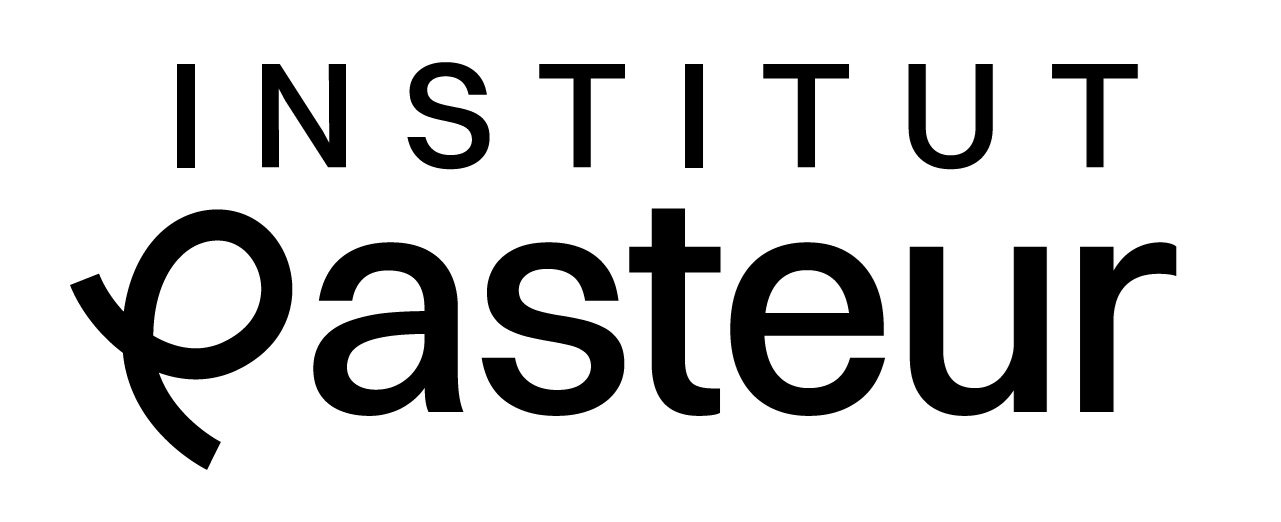
Facility: UTechS PBI – Pasteur Institute
Head: Nathalie AULNER & Florian MULLER
Photonic BioImaging is a Unit of Technology and Service (UTechS) providing optical imaging expertise in life sciences and especially their application in studies on infectious biology.
Our activities include service rendering, training, technology-driven research and technology development. They are highly multi-disciplined, and collaborative, with the mission goal focused on the use of quantitative imaging and analysis to understand the processes of cell/tissue-biology, and their usurpation by infection and disease. The R&D is founded upon the need to develop optical imaging methods that bring new understanding of host-pathogen interactions and in situ high-content imaging techniques and their application to infection, cell biology, cellular microbiology, and microbiology. We work on novel techniques extrapolating quantitative information on spatiotemporal dynamics in situ and we push the limits of existing approaches aiming to enhance their performance thereby broadening their experimental utility.
PICT – Institut Curie

Facility: PICT – Institut Curie
Head: Vincent FRAISIER - Patricia LE BACCON (PICT-Light Microscopy) & Daniel LEVY (PICT-Electron Microscopy)
The Cell and Tissue Imaging Platform (PICT-IBiSA) of the Institut Curie brings together advanced microscopy technologies. Its main objective is to provide researchers in cell biology, development, structural, chemistry and biophysics with imaging approaches at different spatial and dynamic scales ranging from the molecule, to the cell, to the organism in healthy or pathological contexts.
The platform is organized around 3 poles: photonic microscopy, high-content screening, electron microscopy and cryo-electron microscopy. Photonic microscopy extends from dynamic imaging to high resolution. High throughput microscopy allows cellular screening of chemical and siRNA banks. Electron microscopy and cryo-microscopy provide the molecular structure and cellular ultrastructure of biological samples. The platform also offers expertise in data processing and analysis.
UTechS UBI – Pasteur Institute

Facility: UTechS UBI – Pasteur Institute
Head: Adeline MALLET
Member of C2RT (Center for Resources and Research in Technology) the Unit for service and technology in ultra-structural bio-imaging (UBI) at Pasteur provides technical and scientific support in electron microscopy, mainly, but not exclusively, to the Pasteur community, analyzing host-pathogen interactions at the ultra-structural level. Our equipment enables us to do state-of-the-art EM for life sciences that includes three dimensional EM by tomography and focused ion beam SEM. The ultrapole is run by ten members (eight engineers and two technicians), each specialized in certain techniques. We put a big emphasis on correlate light- and electron microscopy to study key (rare events) of host-pathogen interactions and we have designed several protocols to combine room temperature LM and cryo-LM with FIB-SEM, cryo-SEM and cryo-tomography.
The UBI also has a small research group focusing on large DNA-viruses. Through this research theme we wish to establish and develop robust, new protocols for various EM-techniques.
ImaChem – IBENS

Facility: ImaChem – IBENS
Head: Laurent BOURDIEU
The Imachem imaging platform provides advanced light and electronic microscopy techniques to IBENS researchers and external users. Imachem is operated by 5 engineers. The main originality of IMACHEM is its ability to undertake innovative technical developments in optical microscopy and to make them available to all users. The first expertise of the platform is super-resolution microscopy, with the development of 3D-PALM using adaptive optic methods. It can perform ultra-structural imaging and single-particle tracking in 3D with a few tens of nanometers of spatial resolution. The second expertise is ultrafast two-photon microscopy for in vivo functional recordings with a temporal resolution in the msec range. A two-photon microscope using acousto-optic scanners for 2D scanning was first designed and installed in the platform. A new system providing ultrafast 3D scanning is currently under development. Additionally, electron microscopy using high-pressure freezing will be developed for correlative light and EM imaging.
IMAG’IC – Institut Cochin photonic imaging facility
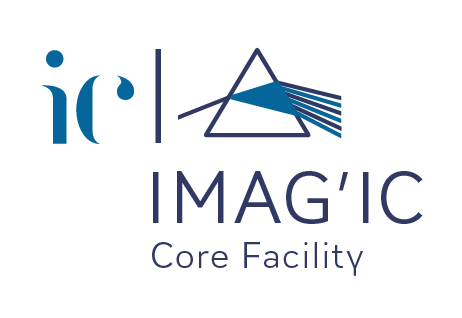
Facility: IMAG’IC – Institut Cochin photonic imaging facility
Head: Pierre BOURDONCLE
The Institut Cochin photonic imaging facility (IMAG’IC), which has the Gis IBiSA, France-BioImaging and ISO 9001 labels, is under the scientific direction of Florence Niedergang and under the responsibility of the engineer Pierre Bourdoucle.
In the center of Paris, the platform has 15 acquisition systems and 3 stations for analysis and image processing, spread over 130 m². Any person working in a public laboratory (EPST, University) or private company can benefit from help or training to become autonomous to work on all microscopes managed by the platform.
In parallel, image restoration by 3D deconvolution, image quantification, database, 3D printing, vibratome sectioning of thick tissues and tissue clarification are also now proposed to our users.
NeurImag

Facility: NeurImag
Scientific Director: Lydia DANGLOT
NeurImag is a service and R&D Cell and Tissue imaging core facility of the Institute of Psychiatry and Neuroscience of Paris (IPNP, INSERM U1266 – Université de Paris) since October 2017.
It is divided in :
- Imaging services using photonic microscopy,
- Image analysis service providing « home made analysis solutions » through programming using either Icy, iLastik, ImageJ and/or MatLab.
- Primary cell culture services that provide neuronal cells, organoïds and tissue to solve biological questions through live and super-resolution imaging.
To groundwork our scientific operation, the daily management is divided into three interconnected services (Sample preparation, Imagingand Analysis) under the single management of a scientific director, Lydia Danglot (Inserm, “Chargée de Recherche Hors Classe”, Ph.D. in Neurosciences). Engineers performing technological operations are Sylvain Jeannin for Advanced Imaging, Philippe Bun for Data Analysis service, Laurianne Beynac for in vivo functional imaging and David Boulet for the Sample preparation and Primary Cell Culture service.
List of system and services available
- Deconvolution widefield microscopy
-
Videomicroscopy and slide scanner system
-
Laser scanning confocal microscopy (LSCM) + Gated detectors + White Light Laser
-
Spinning disc confocal system +Fast 2 colors GEMINI moduleSwept-field confocal system
-
Total internal reflection fluorescence microscopy (TIRF)
-
Fluorescence Correlation Spectroscopy (FCS)
-
Fluorescence Cross-Correlation Spectroscopy (FCCS)
-
Fluorescence lifetime Imaging microscopy (FLIM)
-
Fluorescence resonance energy transfer (FRET)
-
Fluorescence recovery after photobleaching (FRAP)
-
2 photon in vivo imaging
-
Light sheet microscopy for live (organoids, Zebrafish) or fixed samples
-
Laser ablation and Photon uncaging
-
Structured Illumination Microscopy (SIM)
-
Photoactivated localization microscopy (PALM)
-
STimulated Emission Depletion microscopy (STED) +/- Fluorescence Correlation Spectroscopy module
-
Stochastical Optical Reconstruction Microscopy (STORM) with 3D biplane module
-
Primary cell culture preparation + optimization on request/demand
-
Sample preparation (transfection, Immunostaining, 3D cultures)
-
Image Data Processing and Analysis +custom made solution
-
Workstations for data analysis (commercial softwares)
ImaChem – Collège de France
Physical and Biological Chemistry of Living Matter – ENS Chemistry

R&D team: Physical and Biological Chemistry of Living Matter – ENS Chemistry
Head: Ludovic JULLIEN
ENS Chemistry facility gathers instruments devoted to the characterization and purification of optical probes and actuators by means of various spectrometries (UV-Vis absorption, fluorescence emission) and chromatographies (capillary electrophoresis, HPLC analytical or preparative), installed on 100 m² at ENS Chimie. Access is provided to external users with technical and conceptual assistance from the 8 permanent members involved in FBI. The originality of ENS Chimie is the close collaboration between the characterization facility making available established approaches to the biological community and a research team involved in the development of state of the art chemical technologies for the optical control and reading out of living systems. The ultimate goal is to provide access and training to these emerging techniques and methods for the realization of competitive biological projects.
BioEmergences

R&D team: BioEmergences
Team Leader: Nadine Peyréras
The team investigates morphogenetic processes in morphogenesis in Metazoans. We focus on the integration of cellular, molecular and genetic processes based on long-term 3D+time imaging of developing organisms in normal and perturbed conditions, data reconstruction and quantitative analysis. Methodological developments include: assisted microscopy based on machine learning strategies to optimize live imaging conditions by multiphoton point laser scanning microscopy and light-sheet microscopy, automated image processing and quantitative data analysis, interactive visualisation for cell lineage data validation, correction and analysis.
Expertise of the Team:
- Machine learning for assisted microscopy and image processing
- Optimization for in vivo and in toto 3D+time imaging by multiphoton point laser scanning microscopy and light sheet microscopy of developing organisms (metazoans an plants)
- Data management, image processing workflow, interactive visualisation
Complex Media Optics team – Laboratoire Kastler-Brossel

R&D team: Complex Media Optics team – Laboratoire Kastler-Brossel
Team Leader: Sylvain GIGAN
The team is concerned with developing novel optical imaging methods using scattered light. This includes methods for deep imaging in the multiple scattering regime, super-resolution and non-linear coherent and incoherent microscopies.
Expertises of the Team:
- Imaging in the multiple scattering regime
- Super-resolution
- Computational imaging for fluorescence and Raman
Dynamic Control of Signaling and Gene Expression team – Institut Curie
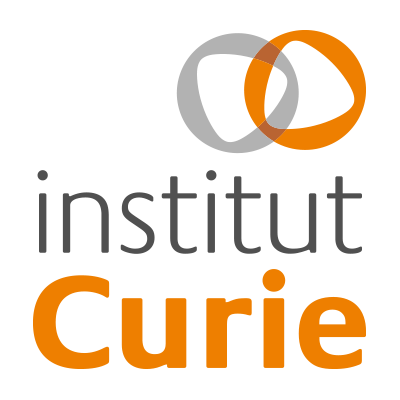
R&D team: Dynamic Control of Signaling and Gene Expression team – Institut Curie
Team Leader: Pascal HERSEN
The team is a pioneer of Cybergenetics, which aims at controlling biological systems in real time thanks to computercontrolled feedback loops fed by real time image analysis and driven by microscopy automation. We are developing novel software solutions to enable smart microscopy applications.
Expertise of the Team
- Smart microscopy
- Dynamic control of living systems
- Microfluidics for biology
Biology of Phagocytes, Infection and Immunity team – Institut Cochin
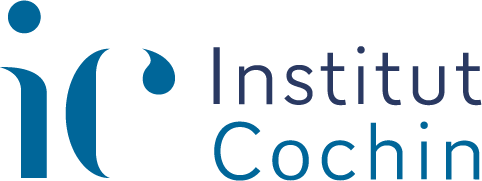
R&D team: Biology of Phagocytes, Infection and Immunity team – Institut Cochin
Team Leader: Florence NIEDERGANG
We focus on the functions of phagocytic cells in normal and infected conditions. We have developed dedicated imaging techniques to monitor with high spatial and temporal resolution the mechanims of capture and degradation by phagocytic cells, their impact on immune responses and their alterations by viral infections, which can lead to the development of bacterial co-infections or uncontrolled inflammation.
Expertise of the Team
- TIRF microscopy with dedicated analysis of phagosome closure assay in three dimensions on living cells
- TFM adapted for living and phagocytosing cells (collaboration with M Balland, LiPhy, Grenoble)
- New FRET probes to analyse receptor clustering on living cells (collaboration with J Fattaccioli, ENS and Institut Pierre Gilles de Gennes, and Jean-Maurice Mallet, ENS Paris, programme 80 PRIME CNRS and ANR 2021-2024).
Molecular Motors and Machines team – IBENS

R&D team: Molecular Motors and Machines team – IBENS
Team Leader: Terence STRICK
The team develops high-resolution systems for nanomanipulation and imaging of single molecules, with a focus on analysis of DNA metabolic processes such as gene expression and DNA repair. Recent developments include the synthesis of molecular DNA scaffolds for the generic study of protein-protein and drug-protein interactions in real-time and at single-molecule resolution.
Expertise of the Team
- Single-molecule experimentation (single-molecule nanomanipulation, single-molecule fluorescence)
- Biochemistry
- Optics
Imaging and Modeling team – Institut Pasteur

R&D team: Imaging and Modeling team – Institut Pasteur
Team Leader: Christophe ZIMMER
The team develops experimental and computational imaging and modelling approaches for cell biology and microbiology, with a focus on single molecule localization microscopy, deep learning, chromatin organization and spatial transcriptomics.
Expertise of the Team
- Single molecule localization microscopy (optics and computational image reconstruction)
- Deep learning (applications to biological and medical imaging)
RNA-FISH and quantitative analysis
Light-based Observation and Control of Cellular Organization team – Institut Curie
Molecular Microscopy of Membranes team – Institut Curie
Structure and Membrane Compartments team – Institut Curie
Mechanotransduction: from Cell Surface to Nucleus team – Institut Jacques Monod
Membrane Dynamics and Intracellular Trafficking team – Institut Jacques Monod
Cell Polarity in Development and Evolution – Institut Jacques Monod
Glutamate Receptors and Excitatory Synapses team – IBENS
Cortical dynamics and coding mechanisms team – IBENS
Key publications
- The sacral autonomic outflow is sympathetic. I. Espinosa-Medina1,*, O. Saha1,*, F. Boismoreau1, Z. Chettouh1, F. Rossi1, W. D. Richardson2, J.-F. Brunet1. Science 18 Nov 2016: Vol. 354, Issue 6314, pp. 893-897.
- Screening out irrelevant cell-based models of disease. Horvath P1,2, Aulner N3,2, Bickle M4,2, Davies AM5,2, Nery ED6,2, Ebner D7,2, Montoya MC8,2, Östling P9,10,2, Pietiäinen V9,2, Price LS11,2, Shorte SL3,2, Turcatti G12,2, von Schantz C9,2, Carragher NO13,2. Nat Rev Drug Discov. 2016 Nov;15(11):751-769. doi: 10.1038/nrd.2016.175. Epub 2016 Sep 12.
- Functional Modulation of a G Protein-Coupled Receptor Conformational Landscape in a Lipid Bilayer. Casiraghi M1, Damian M2, Lescop E3, Point E1, Moncoq K1, Morellet N3, Levy D4,5,6, Marie J2, Guittet E3, Banères JL2, Catoire LJ1. J Am Chem Soc. 2016 Sep 7;138(35):11170-5. doi: 10.1021/jacs.6b04432. Epub 2016 Aug 24.
